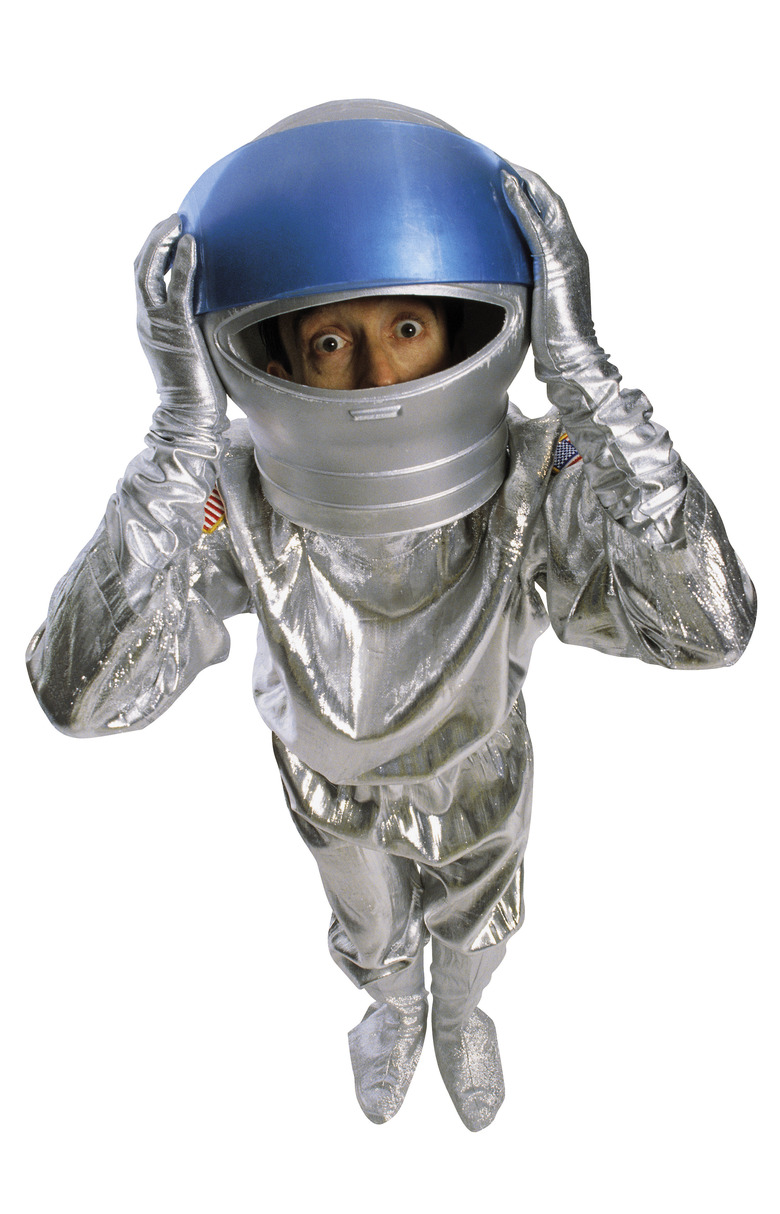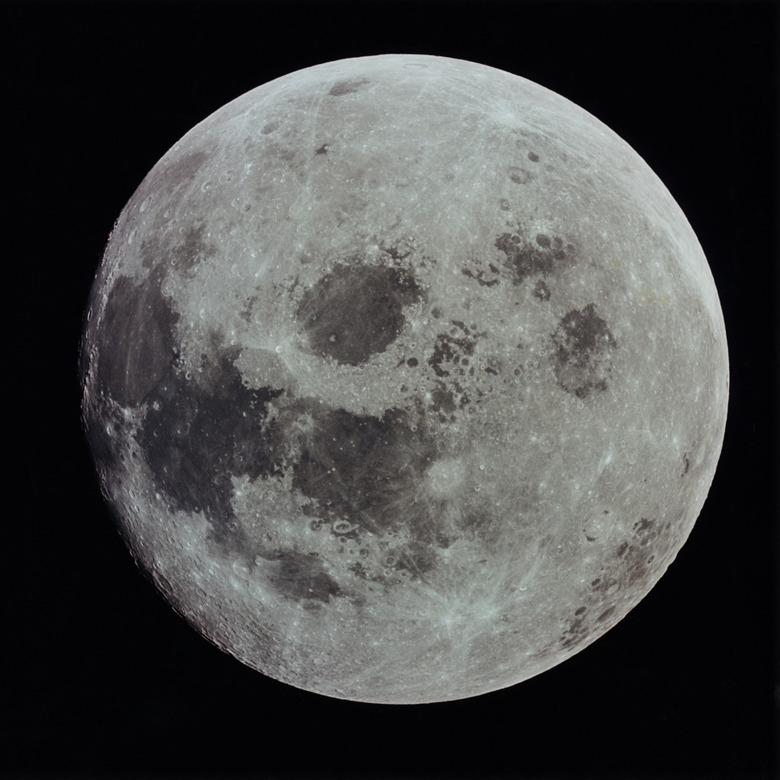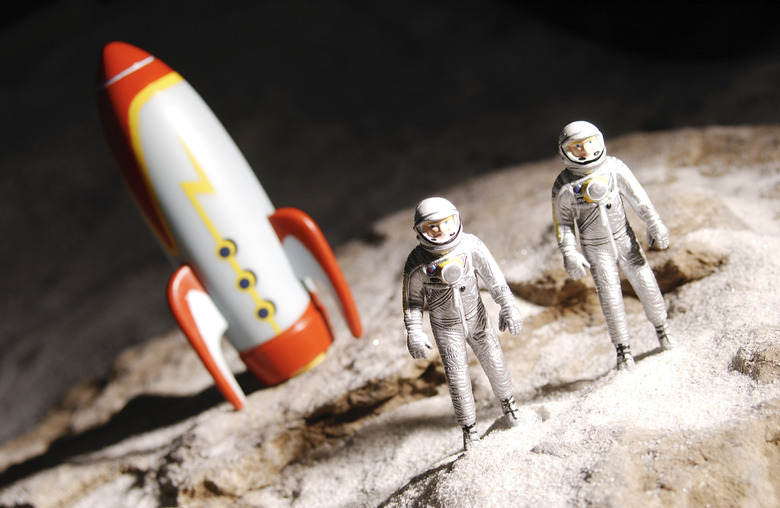Space Facts For Preschool
While outer space fascinates most children, preschoolers — with their inquisitive minds — devour knowledge about all things fantastical. Finding the right balance between keeping your preschool class interested and bombarding kids with facts can prove quite difficult. Most preschool children have seen the "Toy Story" movie series, so teachers could use pictures of Buzz Lightyear in his spacesuit and helmet to explain that space has no air for humans to breathe.
Stars
Looking up at the night sky evokes curiosity and a sense of wonder in preschool children, who may wonder why stars twinkle and why they only appear at night. The stars they can see are actually balls of burning gas in outer space, but so far away that they only appear as small, bright dots in the dark sky. Singing "Twinkle, Twinkle Little Star" and making star-shaped ornaments can reinforce the idea of stars shining a long way from planet Earth.
Planets
The solar system consists of eight planets, one dwarf planet, the sun and the moon. Telling the children that Mars is known as the red planet, or that Saturn's rings are made of ice provides them with some simple facts about each planet. Creating the solar system using different sizes of foam balls reinforces facts about the size and the distance of each planet from the sun. This activity also teaches preschool kids that planets orbit the sun.
Sun and Moon
The sun is Earth's nearest star, and belongs to the Milky Way galaxy. Making yellow play dough and asking children to make a model of the sun illustrates its shape and physical appearance. An often-surprising fact for children of this age: The moon is the only place in the solar system that humans have visited. Showing pictures or watching footage of manned moon landings can help them grasp this idea.
The moon's journey from east to west takes about 27 days and 8 hours. During this journey, the shape of the moon alters, giving the familiar crescents and full moon seen at different times throughout the month. Paper plates painted and cut into the different shapes of the moon simplify this idea for preschoolers.
Space Travel
Spaceships and rockets appeal to preschool children, who will be amused to learn that Laika, a dog, orbited the earth in a Russian spacecraft called Sputnik 2 in 1957. Apollo 11, Neil Armstrong's space shuttle, landed in the Pacific Ocean on its return to Earth in 1969. Crafting their own weird and wonderful spaceships or rockets — made from toilet roll tubes and aluminum foil — lets children achieve their own version of space travel.
Cite This Article
MLA
Walmsley-Lockhart, Jo. "Space Facts For Preschool" sciencing.com, https://www.sciencing.com/space-preschool-11369392/. 24 April 2017.
APA
Walmsley-Lockhart, Jo. (2017, April 24). Space Facts For Preschool. sciencing.com. Retrieved from https://www.sciencing.com/space-preschool-11369392/
Chicago
Walmsley-Lockhart, Jo. Space Facts For Preschool last modified August 30, 2022. https://www.sciencing.com/space-preschool-11369392/


